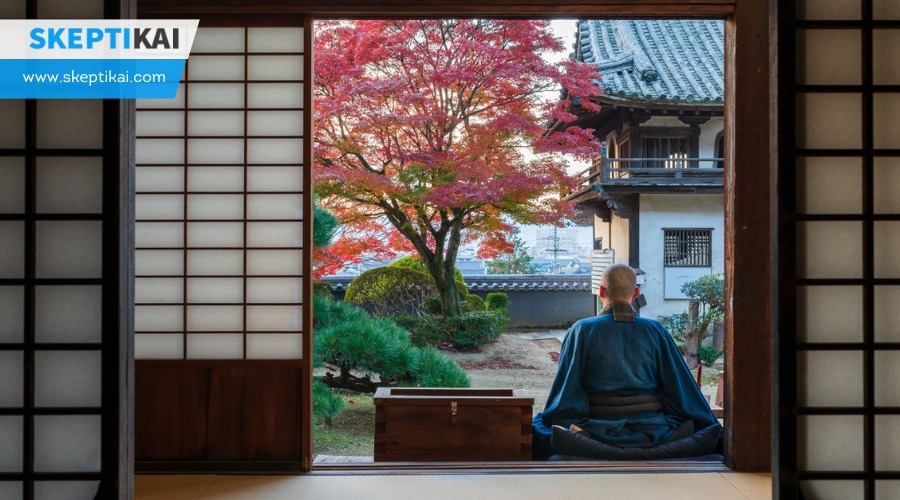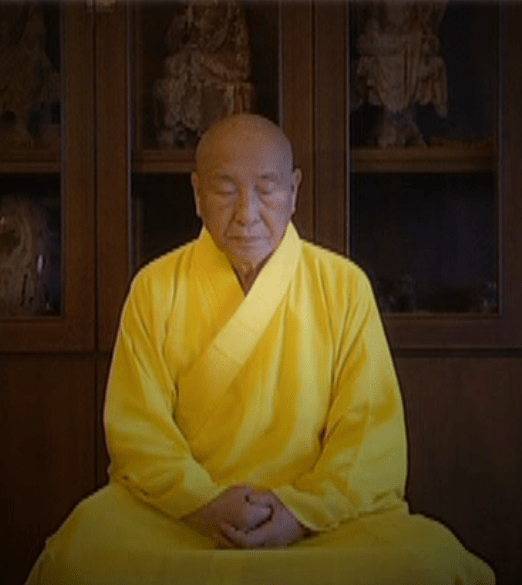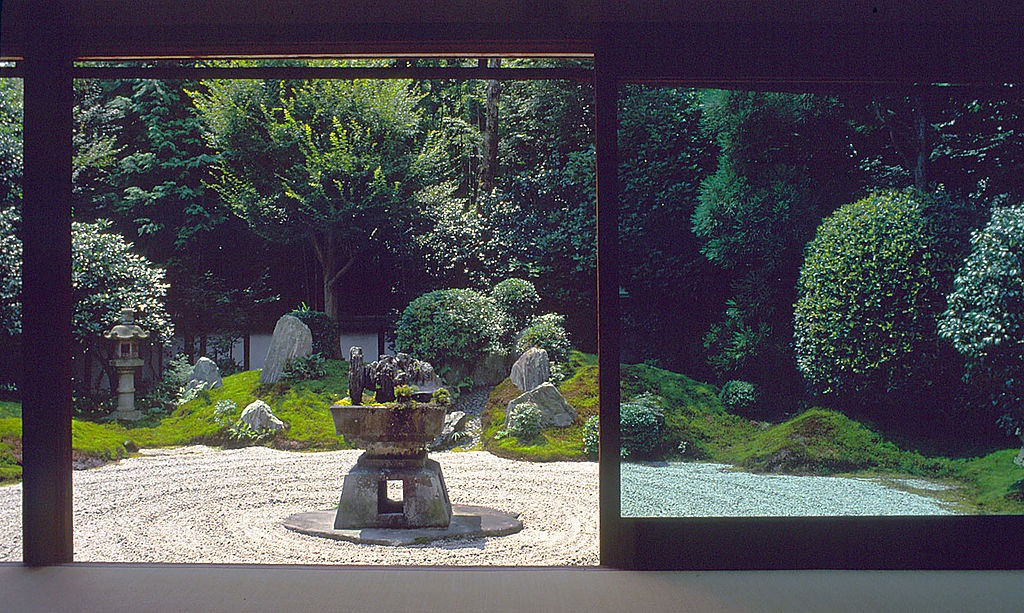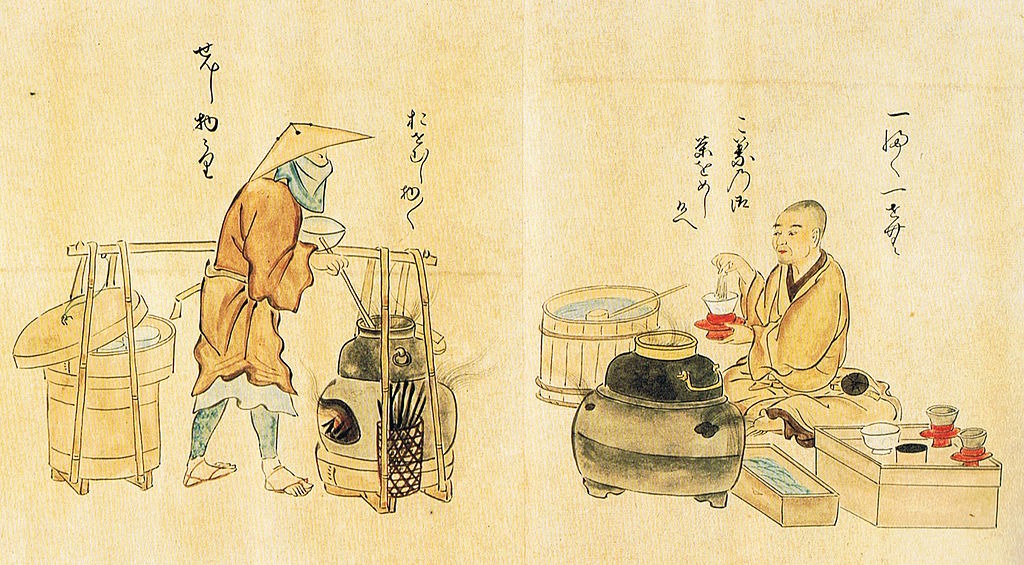Have you ever wondered how Zen Buddhism shapes the serene beauty of Japanese aesthetics? As you explore this intriguing connection, you’ll find that the principles of mindfulness and simplicity are not just confined to spiritual practice but extend deeply into the arts and culture of Japan.
From the rustic elegance of tea ceremonies to the disciplined strokes of calligraphy, Zen’s influence permeates various forms of artistic expression, promoting an appreciation for the beauty in imperfection and the transient nature of life.
This journey into the heart of Zen and its impact on Japanese aesthetics offers a perspective that might just transform your understanding of art and life itself.
Historical Origins of Zen
Zen Buddhism’s journey began in 6th century China as Chan Buddhism, later transforming into Zen in Japan through the 12th-century efforts of monk Eisai. This pivotal transition marked a significant evolution in the spiritual landscape of Medieval Japan, embedding the Zen tradition deeply into the cultural fabric.
You might wonder how this shift from Chan to Zen influenced the broader context of Japanese spirituality and culture. The core of Zen’s appeal lay in its emphasis on experiential understanding and direct insight over the scholarly study of texts. This approach, quite distinct from other Buddhist practices, resonated with many seeking a more personal and immediate path to enlightenment.
Zen’s unique methods of teaching, including the use of Kōans and dialogues, were designed to jolt you out of conventional thinking, challenging and expanding your awareness. Furthermore, the practice of zazen, a form of seated meditation, became a cornerstone of Zen, promoting mindfulness and a heightened state of awareness through disciplined posture and breathing.
As Zen took root in Japan, it began to influence various aspects of culture, shaping aesthetics, art, and philosophy. The Zen tradition, with its profound simplicity and focus on the present moment, offered a fresh perspective that deeply affected Japanese society.
Zen Principles and Aesthetics
Exploring how these spiritual teachings shape Japanese aesthetics, you’ll find that simplicity, imperfection, and naturalness are celebrated, mirroring the principles at the heart of Zen. This approach to beauty and design isn’t just about creating visually appealing spaces or objects; it’s deeply rooted in Zen Buddhism’s emphasis on mindfulness, encouraging you to look beyond surface appearances to find a deeper meaning and connection with the present moment.
Incorporating Zen principles into Japanese art forms has led to distinctive styles that are recognized worldwide. Here are three key aspects where you can see Zen’s influence:
- Wabi-sabi: This concept celebrates the beauty in the imperfect, incomplete, and transient. It’s visible in pottery, where asymmetry and rusticity are valued, reflecting a natural and unpretentious beauty.
- Calligraphy and Tea Ceremonies: These art forms emphasize minimalism and elegance, encouraging a contemplative state of mind. Each stroke in calligraphy and each movement in the tea ceremony is a practice in mindfulness, drawing you into the present.
- Rock Gardens: Although we won’t dive deep into gardens, it’s worth noting that their design principles, focusing on simplicity and naturalness, serve as a physical representation of Zen’s meditative practices.
Through these elements, Zen Buddhism profoundly influences Japanese aesthetics, promoting an appreciation for the deeper aspects of beauty and life.
Influence on Japanese Gardens
Delving into the world of Japanese Zen gardens, you’ll find landscapes meticulously crafted to embody tranquility and the Zen philosophy of mindfulness. These gardens, known as ‘karesansui’, aren’t just visually stunning; they’re a manifestation of Zen principles, offering a serene setting for meditation and reflection. Through the careful arrangement of rocks, gravel, and moss, they evoke the beauty of natural landscapes, capturing the essence of Zen Art in every detail.
In a Zen garden, every element serves a purpose, reflecting the Zen teachings on simplicity, balance, and harmony with nature. The raked gravel isn’t just a design choice; it symbolizes water or waves, creating a dynamic yet peaceful scene. Rocks are more than decorative; they represent islands or mountains, grounding the viewer in the Zen philosophy of contemplating the impermanence of nature.
Moreover, Zen gardens often incorporate symbolic features like bridges, lanterns, and stepping stones. These elements enhance the aesthetic and spiritual experience, guiding you through a physical and mental journey towards inner peace. In essence, Japanese Zen gardens are a vivid expression of Zen Art, inviting you to pause, reflect, and find balance amidst life’s impermanence.
The Tea Ceremony: A Zen Art Form
After examining the serene landscapes of Japanese Zen gardens, let’s shift our focus to another profound expression of Zen aesthetics: the tea ceremony, a ritual that beautifully encapsulates the art of mindfulness and simplicity. Originating from the practices of Zen monks, the tea ceremony, or ‘chanoyu,’ is deeply rooted in Zen Buddhism and its principles. This ceremonious practice isn’t just about drinking tea; it’s an immersive experience that elevates the preparation and consumption of matcha to a form of meditation and art.
Here are three key aspects of the tea ceremony that reflect Zen principles:
- Mindfulness and Precision: Every step, from the preparation of matcha to its serving, is carried out with meticulous attention to detail, encouraging participants to be fully present and mindful of the moment.
- Simplicity and Harmony: The tea ceremony emphasizes the beauty of simplicity and the harmony between the participants, the utensils, and the surrounding environment, embodying the Zen ideal of oneness.
- Inner Calm and Social Connection: Beyond its aesthetic appeal, the ceremony serves as a medium for achieving inner peace and fostering a sense of connection among those who partake in it, reflecting Zen’s focus on harmony and respect.
Through these elements, the tea ceremony becomes a living, breathing manifestation of Zen Buddhism, inviting you to explore the depths of mindfulness and the art of presence in every sip.
Minimalism in Japanese Architecture
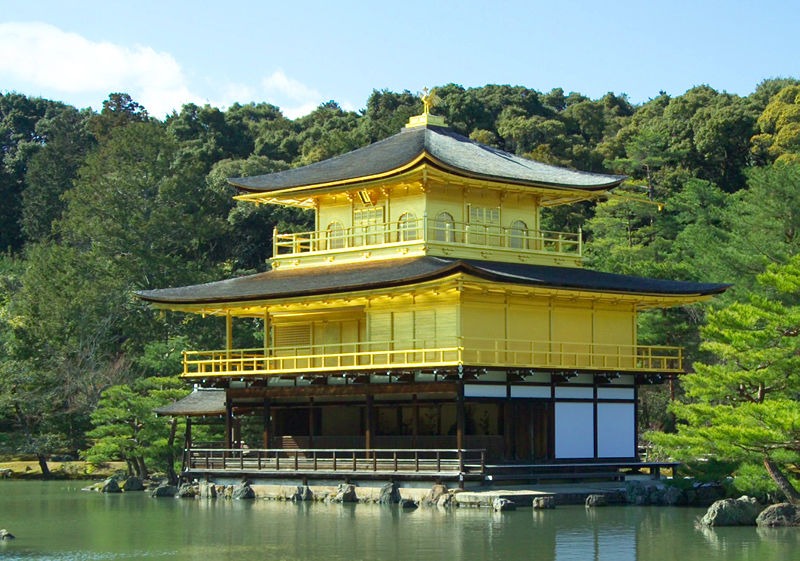
Minimalist Japanese architecture, guided by Zen principles, embraces simplicity and harmony, focusing on the essentials to create spaces of tranquility. You’ll notice that in these spaces, every element serves a purpose, avoiding unnecessary clutter. This approach not only enhances the aesthetic appeal but also fosters a peaceful environment, allowing for contemplation and relaxation.
In minimalist Japanese architecture, the connection to nature is paramount. Large windows and sliding doors ensure that natural light floods the interior, and the use of natural materials like wood, paper, and stone underscores a deep respect for the environment. These elements work together to create a serene and inviting space that truly embodies the spirit of Zen Buddhism.
To better understand the core components of minimalist Japanese architecture, consider the following comparison:
| Element | Function |
|---|---|
| Open Spaces | Foster a sense of freedom and peace |
| Natural Light | Enhances connection to the outside world |
| Neutral Colors | Promote calm and reduce visual noise |
Through these principles, minimalism in Japanese architecture offers more than just a design aesthetic; it provides a way of living that encourages mindfulness and harmony with the surrounding world, deeply rooted in the teachings of Zen Buddhism.
Zen and Japanese Calligraphy

Japanese calligraphy, or shodo, often reflects the profound influence of Zen Buddhism, seamlessly integrating the mind, body, and brush in each stroke. This art form isn’t just about creating aesthetically pleasing characters; it’s a spiritual practice that embodies Zen principles such as mindfulness and the beauty of imperfection, known as wabi-sabi.
To deepen your understanding, consider the following aspects:
- Expression of Inner State: Zen calligraphy is more than just writing; it’s an expression of the artist’s inner state. Each stroke captures the essence of the moment, reflecting a deep connection to the present. This practice encourages you to let go of preconceptions and truly express yourself in the here and now.
- Meditation and Intuition: Artists often engage in zazen meditation to cultivate a clear mind. This state of clarity allows for intuitive brushwork that’s spontaneous yet deeply intentional, mirroring the Zen pursuit of mindfulness.
- Harmony and Balance: The ultimate goal is to convey harmony, balance, and tranquility. Zen calligraphy isn’t just seen; it’s felt. Through each brush stroke, the principles of wabi-sabi come to life, celebrating the beauty in imperfection and transience.
Impermanence in Ikebana
Rooted in Zen Buddhism, Ikebana captures the beauty of life’s fleeting nature through the artful arrangement of flowers and branches. This Japanese art form is more than just a decorative practice; it’s a spiritual exercise that embodies the Zen concept of impermanence. As you delve into Ikebana, you’ll discover that each flower arrangement is a reflection of life’s transient beauty, using seasonal blooms and branches to signify the ever-changing world around us.
The inclusion of empty spaces within Ikebana compositions isn’t accidental. These voids are powerful reminders of the impermanence of all things, urging you to embrace the present moment. It’s a practice that teaches mindfulness and acceptance, inviting you to appreciate the transient beauty of nature with every arrangement you encounter.
As an Ikebana artist, your goal is to create harmonious compositions that not only capture the essence of change but also convey a sense of peace and acceptance. Through your arrangements, you’ll explore the depths of impermanence, crafting pieces that resonate with the core teachings of Zen Buddhism. It’s in this creative process that you’ll find a profound connection to the natural world, celebrating its impermanent beauty through the delicate art of flower arrangement.
Zen Influence on Modern Design
Shifting focus to modern times, Zen principles have profoundly shaped contemporary design aesthetics, emphasizing simplicity and mindfulness in living spaces. You’ll find that the essence of Zen Buddhism, with its rich heritage of fostering tranquility and balance, has seamlessly woven its way into the fabric of modern design. Influences from traditional Japanese architecture and the minimalist Zen gardens have inspired contemporary designers to create spaces that aren’t only visually appealing but also serve as sanctuaries for relaxation and reflection.
Here are three key aspects where Zen’s influence is unmistakably present in contemporary design:
- Simplicity and Minimalism: Modern design trends heavily lean on Zen principles like simplicity and minimalism. This is evident in the use of clean lines, neutral colors, and the strategic absence of clutter, which together create a serene and unburdened space.
- Natural Elements: By integrating natural elements into interiors, modern designs echo the Zen practice of harmonizing with nature. This approach fosters an environment that promotes mindfulness and inner peace.
- Mindful Spaces: Zen-inspired designs aim to craft spaces that encourage mindfulness and relaxation. Drawing inspiration from Japanese artists and traditional architecture, these spaces are thoughtfully designed to evoke a sense of tranquility and balance in daily life.
As you curate your surroundings, embracing these Zen-influenced design principles can transform your living space into a reflection of serenity and mindfulness, mirroring the timeless aesthetic of Zen Buddhism.
Conclusion
You’ve seen how Zen Buddhism, with its roots in ancient China, has deeply shaped Japanese aesthetics, from the serene beauty of rock gardens to the mindful practice of the tea ceremony. Its principles of simplicity, mindfulness, and embracing imperfection resonate through Japanese calligraphy, architecture, and even modern design.
As you reflect on these art forms, remember, Zen’s influence is a reminder to find beauty in the transient, the simple, and the imperfect, enriching your understanding and appreciation of the world around you.
